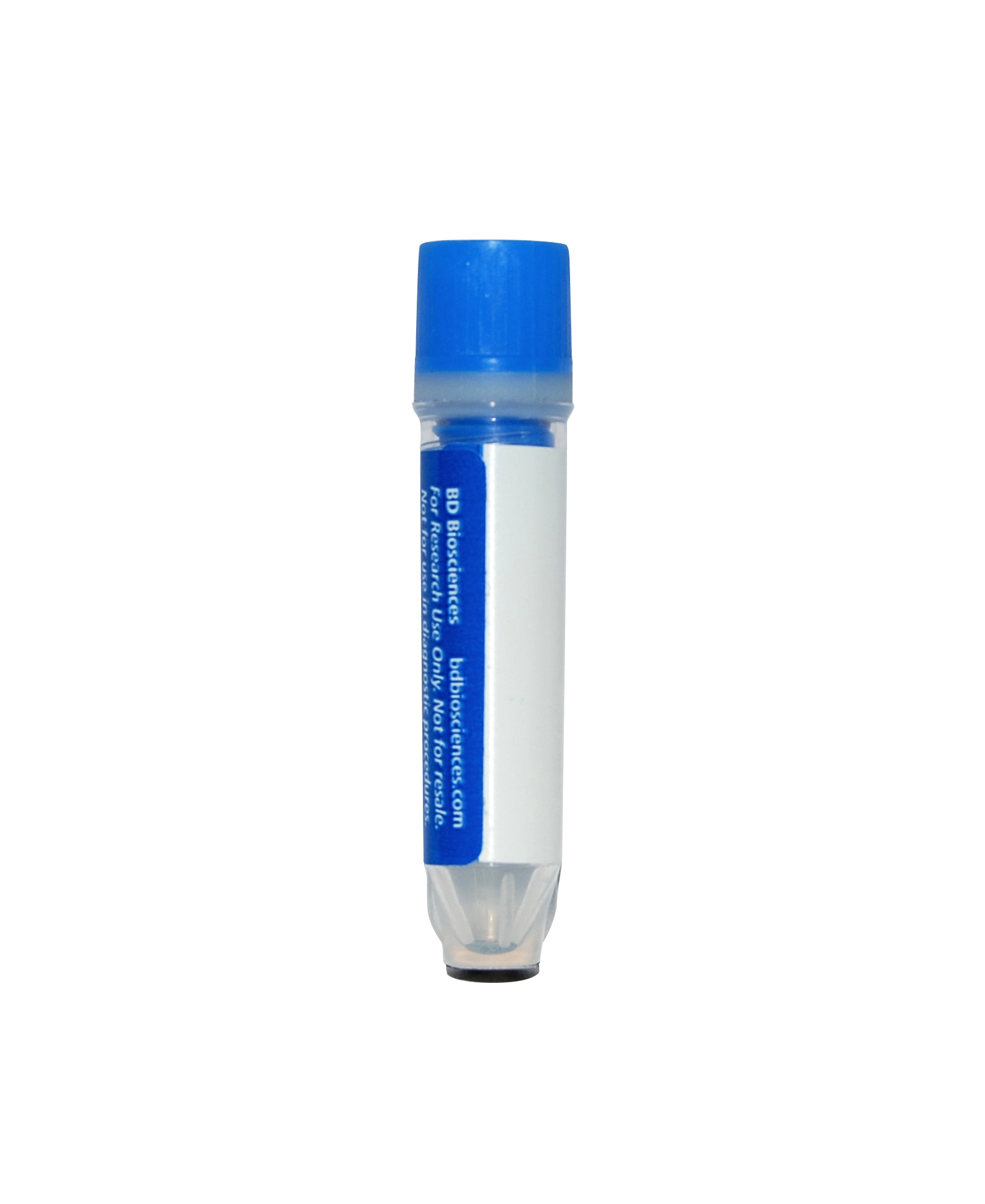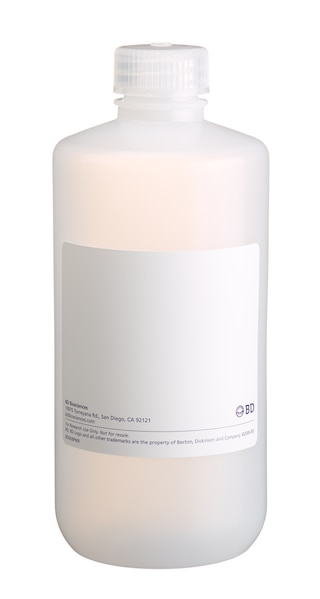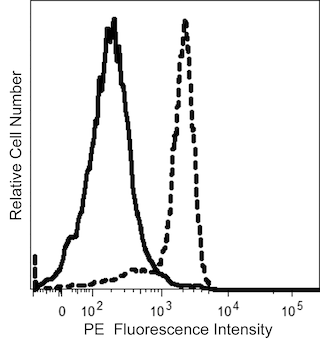Old Browser
This page has been recently translated and is available in French now.
Looks like you're visiting us from United States.
Would you like to stay on the current country site or be switched to your country?
BD® AbSeq Oligo Hamster Anti-Helios
Clone 22F6 (RUO)


Regulatory Status Legend
Any use of products other than the permitted use without the express written authorization of Becton, Dickinson and Company is strictly prohibited.
Preparation And Storage
Recommended Assay Procedures
Put all BD® AbSeq reagents to be pooled into a Latch Rack for 500 µL Tubes (Thermo Fisher Scientific Cat. No. 4900). Arrange the tubes so that they can be easily uncapped and re-capped with an 8-Channel Screw Cap Tube Capper (Thermo Fisher Scientific Cat. No. 4105MAT) and the reagents aliquoted with a multi-channel pipette. BD® AbSeq tubes should be centrifuged for = 30 seconds at 400 × g to ensure removal of any content in the cap/tube threads prior to the first opening.
When using BD® AbSeq intracellular markers with the Single Cell 3' Sequencing Intracellular CITE-seq, cells must first be fixed and permeabilized using the BD Rhapsody™ Intracellular AbSeq Buffer Kit before the antibody-oligo can bind to the protein. Refer to the list of required companion products below and see BD Rhapsody™ System Single-Cell Labelling with BD® AbSeq Ab-Oligos for Intracellular CITE-seq (Doc ID: 23-24464) for the complete BD® AbSeq intracellular multiomics staining protocol. Contact your local Field Application Specialist (FAS) for additional guidance.
Use standard laboratory safety protocols. Read and understand the safety data sheets (SDSs) before handling chemicals. To obtain SDSs, go to regdocs.bd.com or contact BD Biosciences technical support at scomix@bdscomix.bd.com.
Warning: All biological specimens and materials contacting them are considered biohazardous. Handle as if capable of transmitting infection and dispose of with proper precautions in accordance with federal, state, and local regulations. Never pipette by mouth. Wear suitable protective clothing, eyewear, and gloves.
Product Notices
- Please refer to www.bdbiosciences.com/us/s/resources for technical protocols.
- This reagent has been pre-diluted for use at the recommended volume per test. Typical use is 2 µl for 1 × 10^6 cells in a 200-µl staining reaction.
- Caution: Sodium azide yields highly toxic hydrazoic acid under acidic conditions. Dilute azide compounds in running water before discarding to avoid accumulation of potentially explosive deposits in plumbing.
- The production process underwent stringent testing and validation to assure that it generates a high-quality conjugate with consistent performance and specific binding activity. However, verification testing has not been performed on all conjugate lots.
- Source of all serum proteins is from USDA inspected abattoirs located in the United States.
- Species cross-reactivity detected in product development may not have been confirmed on every format and/or application.
- Please refer to http://regdocs.bd.com to access safety data sheets (SDS).
- Please refer to bd.com/genomics-resources for technical protocols.
- Illumina is a trademark of Illumina, Inc.
- For U.S. patents that may apply, see bd.com/patents.
Data Sheets
Companion Products






The 22F6 monoclonal antibody specifically binds to mouse and human Helios. Helios is a member of the Ikaros family of zinc-finger transcription factors, which play important roles in hematopoietic cell development and tumor suppression. Helios expression is restricted to the earliest stages of embryonic hematopoiesis, a variety of epithelial tissues and is notably increased in thymic-derived regulatory CD4+Foxp3+ T (Treg) cells. Its high expression levels in Treg cells are independent from Foxp3 and are believed to contribute, along with other transcription factors, to the phenotypic stability of natural regulatory T cells. Accordingly, it has been demonstrated that Helios directly stimulates Foxp3 transcription while it inhibits ll2 gene expression, contributing for the maintenance of cellular anergy. Helios is also differentially expressed during negative and positive selection in the thymus, marking CD4+ autoreactive cells for deletion. Helios may possibly play roles in T cell activation, since it is upregulated in Th2 and Tfh cells. Despite these roles in T cell development and function, Helios genetic ablation in mice revealed no significant abnormalities in Treg or other T cell subsets. This finding suggests that other Ikaros family members may play redundant roles.
Development References (10)
-
Baine I, Basu S, Ames R, Sellers RS, Macian F. Helios induces epigenetic silencing of IL2 gene expression in regulatory T cells. J Immunol. 2013; 190(3):1008-1016. (Biology). View Reference
-
Cai Q, Dierich A, Oulad-Abdelghani M, Chan S, Kastner P. Helios deficiency has minimal impact on T cell development and function. J Immunol. 183(4)(Biology). View Reference
-
Daley SR, Hu DY, Goodnow CC. Helios marks strongly autoreactive CD4+ T cells in two major waves of thymic deletion distinguished by induction of PD-1 or NF-kappaB. J Exp Med. 2013; 210(2):269-285. (Biology). View Reference
-
Fu W, Ergun A, Lu T, et al. A multiply redundant genetic switch 'locks in' the transcriptional signature of regulatory T cells. Nat Immunol. 2012; 13(10):972-980. (Biology). View Reference
-
Georgopoulos K. Haematopoietic cell-fate decisions, chromatin regulation and ikaros. Nat Rev Immunol. 2002; 2(3):162-174. (Biology). View Reference
-
Kelley CM, Ikeda T, Koipally J, et al. Helios, a novel dimerization partner of Ikaros expressed in the earliest hematopoietic progenitors. Curr Biol. 1998; 8(9):508-515. (Biology). View Reference
-
Serre K, Benezech C, Desanti G, et al. Helios is associated with CD4 T cells differentiating to T helper 2 and follicular helper T cells in vivo independently of Foxp3 expression. PLoS ONE. 2011; 6(6):e20731. (Biology). View Reference
-
Sugimoto N, Oida T, Hirota K, et al. Foxp3-dependent and -independent molecules specific for CD25+CD4+ natural regulatory T cells revealed by DNA microarray analysis. Int Immunol. 18(8)(Biology). View Reference
-
Thornton AM, Korty PE, Tran DQ, et al. Expression of Helios, an Ikaros transcription factor family member, differentiates thymic-derived from peripherally induced Foxp3+ T regulatory cells. J Immunol. 2010; 184(7):3433-3441. (Immunogen: ELISA, Flow cytometry, Western blot). View Reference
-
Yoshimatsu Y, Sujino T, Miyamoto K, et al. Aryl hydrocarbon receptor signals in epithelial cells govern the recruitment and location of Helios+ Tregs in the gut.. Cell Rep. 2022; 39(6):110773. (Clone-specific: Flow cytometry). View Reference
Please refer to Support Documents for Quality Certificates
Global - Refer to manufacturer's instructions for use and related User Manuals and Technical data sheets before using this products as described
Comparisons, where applicable, are made against older BD Technology, manual methods or are general performance claims. Comparisons are not made against non-BD technologies, unless otherwise noted.
For Research Use Only. Not for use in diagnostic or therapeutic procedures.